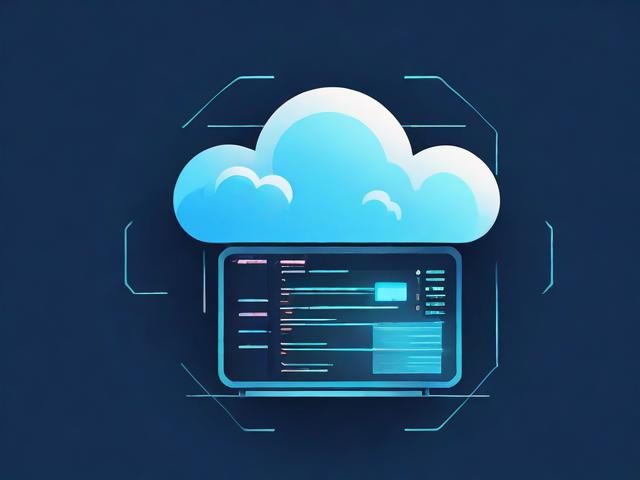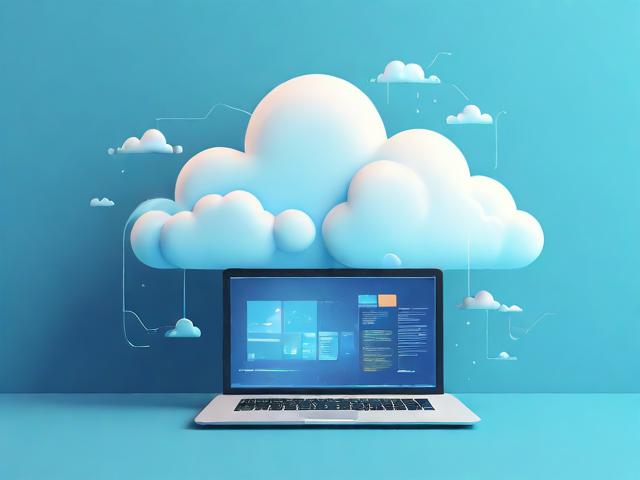constraintlayout覆盖
- 行业动态
- 2025-03-30
- 2
在 Android 开发中,ConstraintLayout 是一个非常强大的布局工具,它允许开发者通过设置各种约束条件来灵活地控制视图的位置和大小,在某些情况下,我们可能需要实现一个视图覆盖另一个视图的效果,以下是一些关于如何在 ConstraintLayout 中实现覆盖效果的详细解释和示例:
1、基本概念:
ConstraintLayout 中的视图是通过设置约束条件来确定其位置和大小的,这些约束条件可以包括相对于其他视图的位置、相对于父容器的位置、宽高比例等。
要实现一个视图覆盖另一个视图,我们需要确保被覆盖的视图和覆盖的视图都正确地设置了约束条件,并且覆盖的视图在层次上位于被覆盖的视图之上。
2、实现步骤:
确定视图层次:确保在 XML 布局文件中,覆盖的视图在被覆盖的视图之后声明,这样,覆盖的视图在绘制时会位于被覆盖的视图之上,如果有一个TextView 需要被一个ImageView 覆盖,那么ImageView 应该在TextView 之后声明。
设置视图约束:为两个视图都设置适当的约束条件,以确保它们都能正确地显示在预期的位置,这些约束条件可以包括对齐约束、边距约束、宽高约束等,可以使用app:layout_constraintTop_toTopOf 属性将视图的顶部与父容器的顶部对齐,使用app:layout_constraintLeft_toLeftOf 属性将视图的左侧与父容器的左侧对齐,以此类推。
调整视图顺序:如果需要,可以通过编程的方式动态地调整视图的顺序,以确保覆盖的视图始终位于被覆盖的视图之上,这可以通过调用ViewGroup.bringChildToFront(View view) 方法来实现。
3、示例代码:
假设我们有两个视图:一个TextView 和一个ImageView,我们希望ImageView 覆盖部分TextView 的内容。
“`xml
<androidx.constraintlayout.widget.ConstraintLayout xmlns:android="http://schemas.android.com/apk/res/android"

xmlns:app="http://schemas.android.com/apk/res-auto"
xmlns:tools="http://schemas.android.com/tools"
android:layout_width="match_parent"
android:layout_height="match_parent"
tools:context=".MainActivity">
<TextView
android:id="@+id/textView"
android:layout_width="0dp"

android:layout_height="wrap_content"
android:text="Hello, World!"
app:layout_constraintBottom_toBottomOf="parent"
app:layout_constraintLeft_toLeftOf="parent"
app:layout_constraintRight_toRightOf="parent"
app:layout_constraintTop_toTopOf="parent" />
<ImageView
android:id="@+id/imageView"

android:layout_width="100dp"
android:layout_height="100dp"
android:src="@drawable/ic_launcher_background"
app:layout_constraintBottom_toBottomOf="@id/textView"
app:layout_constraintLeft_toLeftOf="parent"
app:layout_constraintTop_toTopOf="@id/textView" />
</androidx.constraintlayout.widget.ConstraintLayout>
在这个示例中,TextView 被设置为匹配父容器的宽度和高度,并居中显示。ImageView 被设置为 100dp x 100dp 的大小,并覆盖了TextView 的部分内容,通过设置app:layout_constraintBottom_toBottomOf="@id/textView"、app:layout_constraintLeft_toLeftOf="parent" 和app:layout_constraintTop_toTopOf="@id/textView" 属性,我们确保了ImageView 正确地覆盖了TextView 的部分内容。
4、注意事项:
确保覆盖的视图不会完全遮挡被覆盖的视图的重要信息,如果需要,可以通过设置透明度、颜色滤镜等属性来使覆盖的视图更加透明或半透明。
在使用动画或手势操作时,要注意视图的覆盖关系可能会发生变化,在编写代码时要仔细考虑这些情况,并确保视图的覆盖效果能够正确地呈现。
FAQs:
1、问:如何在运行时动态地改变视图的覆盖顺序?
答:可以在代码中使用ViewGroup.bringChildToFront(View view) 方法将指定的视图移到最前面,从而实现动态地改变视图的覆盖顺序,如果你有一个按钮点击事件需要改变某个视图的覆盖顺序,可以在按钮的点击监听器中调用这个方法。
2、问:如果覆盖的视图需要响应用户交互(如点击事件),应该如何处理?
答:如果覆盖的视图需要响应用户交互,你需要确保该视图是可点击的,并且没有其他视图遮挡了它的触摸区域,你可以通过设置视图的clickable 属性为true 来使其可点击,并通过设置合适的触摸区域和事件处理器来处理用户的交互操作。
















